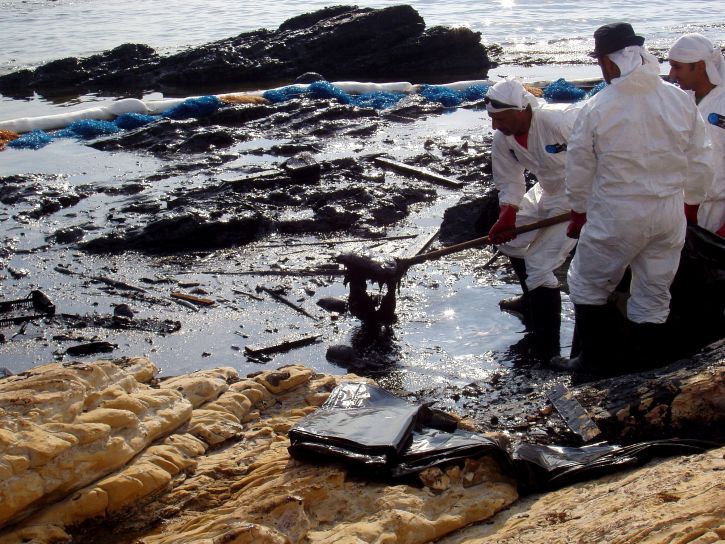The biggest onshore crude pipeline spill in nine years has happened in northeastern Kansas. Over a thousand barrels of oil spilled, dumping into the local creek.
The Keystone pipeline spill in a creek flowing through rural pastureland is the biggest in the system’s history. Canadian oil company TC Energy reported that 588,000 gallons of crude spilled after the line ruptured about 150 miles (240 kilometers) northwest of Washington County, Kansas.
This spill raises questions for environmentalists and safety advocates about whether TC Energy should keep a permit to operate as it does.
This company has been allowed to operate at levels that exceed typical maximum permitted levels in the form of a federal permit, but now some authorities have called for an investigation into its possible violations of these rules.
Democratic U.S. Representative Donald Payne Jr. released a statement saying he is watching this situation closely to learn more about what caused the recent oil leak and how it might be prevented in the future.
A report published last year by the U.S. Government Accountability Office said there had been 22 spills along the Keystone Pipeline, mostly on TC Energy property. The total amount spilled was 12,000 barrels which was less than the recent spill.
TC Energy and the U.S. EPA announced that they successfully contained the spill, making it so there is no risk of oil entering the creek any longer.
The EPA said TC Energy built an earthen dam across the creek 4 miles downstream from the pipeline’s rupture to stop it from moving further downstream.
Air-quality monitoring and other environmental monitoring are taking place throughout the site. Blowing oil away with an industrial wet vacuum truck helps to clean up the oil.
The EPA has reported that no drinking water wells have been affected in the pipeline spill near Kansas. Oil-removal efforts will continue into next week, and no one has been evacuated as of yet. The Department of Health and Environment asks residents to keep their pets situated.
Keystone carries thick, Canadian tar-sands oil to the United States by the pipe. The nearly 2,700-mile Keystone pipeline moves about 600,000 barrels per day. The company developing this project has faced major opposition and had to pull out last year after President Joe Biden canceled a permit for them.
Pipelines are often regarded as safer than transporting oil by railcar or truck. However, large spills can create significant environmental damage.
The American Petroleum Institute said that companies have strong monitoring systems that help to detect leaks, cracks, corrosion, and other problems near pipelines.
They even install employees who walk alongside the pipeline and are able to detect any abnormalities caused by issues such as an oil leak.
While the GAO found that Keystone’s spills were on the higher end of pipeline accidents, the fact that its worst spill was “caused by faults in structure or pipe manufacturing during construction” is still a direct sign of moments where oversight might not have been up to snuff, and Keystone could’ve done better.















